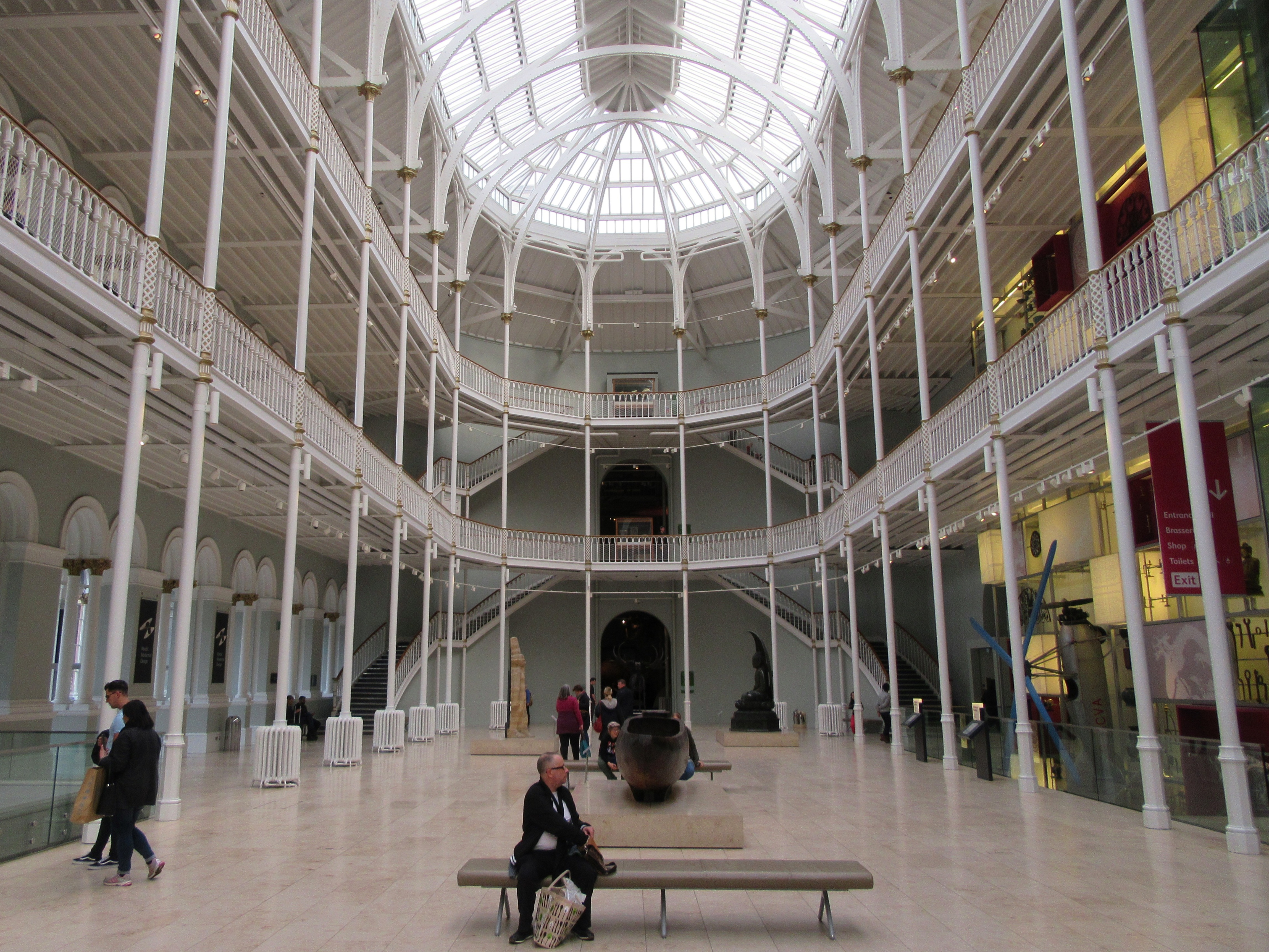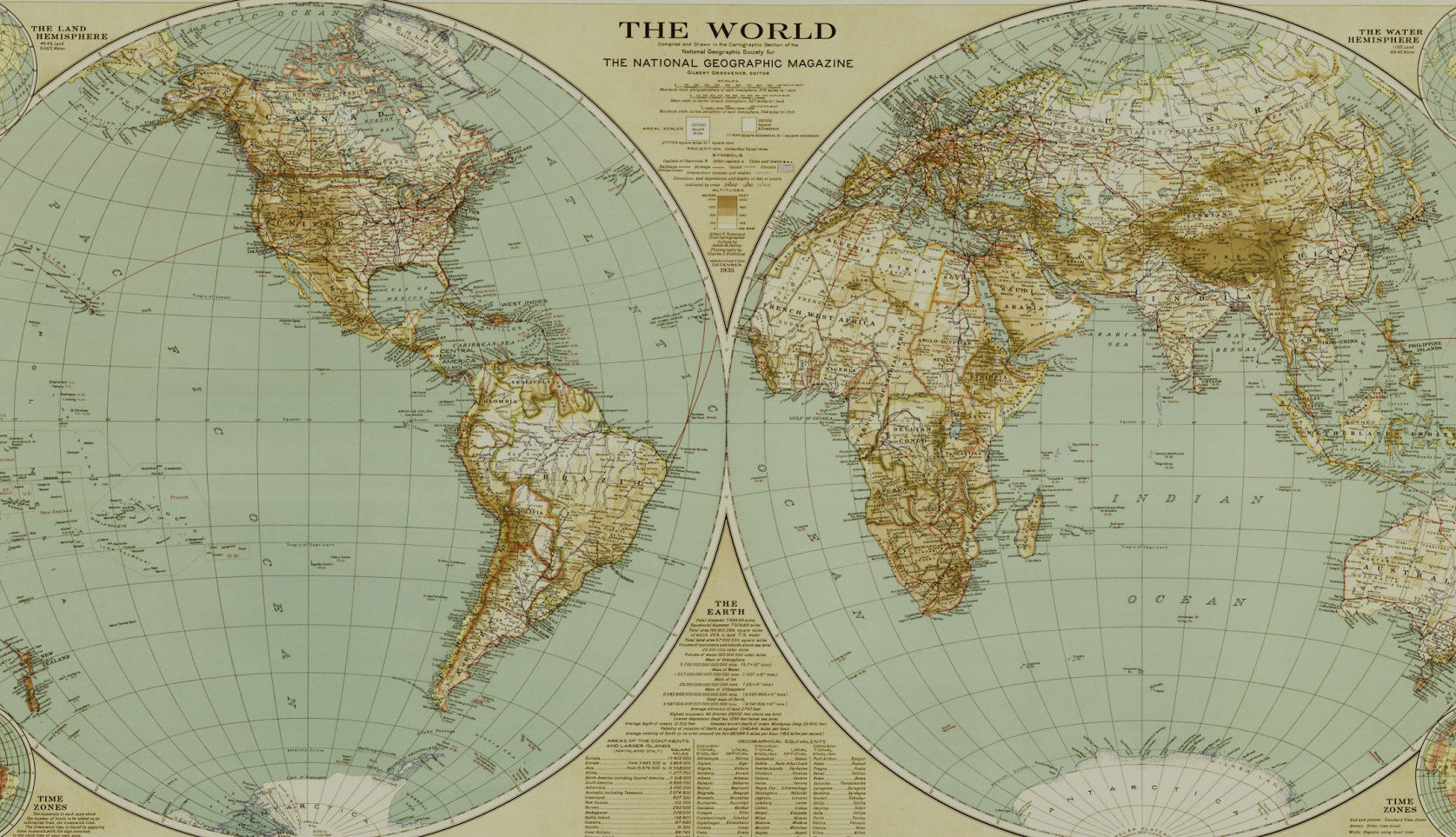
The Highlands of Scotland is a hill walker’s paradise. Most of my stay in Scotland was spent in the Highlands and while there, as well as visiting many archaeological sites, I made my way (slowly) up a few mountains. The views you can get on a clear day are breathtaking and even on weather filled days you finish with a tremendous sense of accomplishment! I went up Ben Arthur (aka The Cobbler) in the Loch Lomond & The Trossachs National Park on a day that started dry and ended wet. The summit was cloaked in cloud and my boots were soggy, but I have never had a better deserved, and tasty, bowl of chips as those I had afterwards!!!

Heading north, the next summit I tackled was Ben Loyal – one of the most northerly Monros, a Scottish mountain that is over 3000 feet (914m) high. The morning started grey and trek in was over wet boggy ground with the mountain seeming to get bigger and bigger as we approached. But when we started our ascent the clouds began to clear and we had amazing views from the top over the Kyle of Sutherland. From the summit I tried to spot all the fabulous sandy beaches I’d visited. There are some wonderful coastal walks that can be done in Scotland and it is great fun to ramble along cliffs and peek into rock pools. There are always plenty of water birds to see and if you are lucky you may even spot some larger sea creatures like seals, dolphins or even whales.

The natural beauty of the landscape is undeniable, but there is a long human history in the Highlands and I wanted to see a few examples for myself. All areas of Scotland have easily accessible archaeological sites that are open to the public, but on this occasion I targeted the northern regions of Caithness and Sutherland. In one day I went from the Neolithic through to the Historic period (not necessarily in that order) and there was much more that I didn’t get to see. Starting at the port town of Wick I made a stop at Noss Head Lighthouse, built in 1849 AD, and the medieval Castle Sinclair Girnigoe next door. Moving south I stopped for a picnic lunch at the Neolithic Hill o’ Many Stanes. This enigmatic mini-megalithic formation of about 200 stones is unlike anything I’ve seen before – walking through it you would think it had been built for ‘faeries’. Next stop was the Grey Cairns of Camster, fine examples of Neolithic megalithic tombs that have been restored so you can crawl into them and get a sense of the effort and labour that went into their construction. Finally, a late afternoon walk around the Iron Age Carn Liath Broch from where you can see the towers of Dunrobin Castle rising above the trees.

There is a lot to see in the southern part of the Highlands as well. Main centres like Inverness, Edinburgh and Glasgow have a wealth of cultural hotspots to visit. One of my favourites is the National Museum of Scotland in Edinburgh – a museum with everything from the real ‘Dolly the sheep’ to Dinosaurs to Pictish Stones. The museum was opened in 1866 as the Industrial Museum of Scotland, became the Royal Scottish Museum in 1904 and was reopened as the Museum of Scotland in 1998 with another recent major redevelopment giving us the museum we see today. This is a wonderful site to visit to get an overview of everything Scottish. Even in a big city like Edinburgh there are seven well known hill walks, Castle Hill and Arthur’s Seat being the most famous.

My final excursion in Scotland was to beautiful Glencoe. This is one of the most famous areas of the country and it was easy to see why. The road winds through the glens and in the right light the water coming down off the mountains shines silver and gold before joining fast running burns lower down. We had an early start to Buachaille Etive Beag which has two of the more southerly of the Monro summits – Stob Dubh and Stob Coire Raineach. After the climb we had a five kilometre walk back to the car through the glen and the whole way we could hear male stags bellowing to each other. I couldn’t see any but I spotted a hind far away on one slope – she didn’t seem very interested in any of the fellas!

Overall my trip to Scotland was dominated by visits to archaeological sites and mountain treks. I even went to see the famous mountain climber, Doug Scott, speak at the Albert Halls in Stirling. As always the natural beauty of Scotland filled me with a sense of wonder. The mountains there are very ancient and their rounded summits give the landscape an atmosphere of restfulness and calm. I’ve only climbed four of the Monros so far and there are 200 ‘Real Monros’… that’s a lot of mountains to climb so I think I’ll have to spend a lot more time in Scotland.

